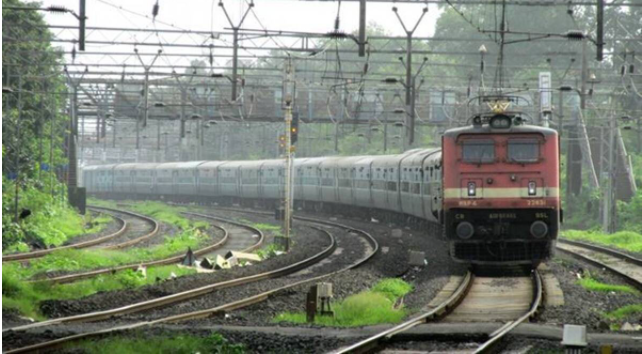CAG Report on Railway Finances

Figure 1: No Copyright Infringement Intended
Context:
- THE COMPTROLLER and Auditor General of India in its report on Railways’ finances tabled in Parliament noted that the Indian Railways’ operating ratio of 98.36% in 2019-2020 does not reflect its true financial performance and if the actual expenditure on pension payments is taken into account, the ratio will be 114.35 %.
About Operating Ratio:
- OR represents the ratio of working expenses to traffic earnings and a higher ratio indicates poorer ability to generate surplus.
Findings of the CAG:
Issues in Receipt:
- Last year, the Indian Railways was able to lower its expenditure and make up for the shortfall in traffic through revenue generated by freight operations.
- The CAG report noted that against a target of 95% in the budget estimates, the operating ratio of the Indian Railways was 98.36% in 2019-20.
- During 2019-20, the Indian Railways generated total receipts of Rs 1,74,694 crore against budget estimates of Rs 2,16,935 crore.
- It could not achieve even the revised estimate target of Rs 2,06,269 crore.
- The total receipts decreased by 8.30% during 2019-20 as compared to the previous year.
- There was heavy dependence on transportation of coal which constituted around 49% of the total freight earnings during 2019-20.
Poor Proceedures:
- Indian Railways failed in achieving automation of budgetary control through implementation of Integrated Payroll and Accounting System (IPAS).
- There was lack of proper validation control besides absence of extant provisions inbuilt into IPAS for efficient delivery of output.
Recommendation of CAG:
Diversification of Freight basket:
- Any shift in bulk commodities transport pattern could affect the freight earnings significantly.
- CAG has also recommended taking steps to diversify their freight basket to enhance freight earnings and also consider exploiting its idle assets to increase other earnings.
Better Accounting Practice:
- CAG has emphasised the need to ensure that surplus and operating ratio represent a true picture of its financial performance.
Increasing Fare:
- In order to tide over the losses, it has suggested increasing the train fare.
- National carrier needs to revisit the passenger and other coaching tariffs to recover the cost of operations in a phased manner.
Financing of Indian Railways:
- Indian Railways is financed through: About Doping Its own internal resources (freight and passenger revenue, and leasing of railway land),
- Gross Budgetary support (GBS) from the central government,
- Extra budgetary resources (EBR): Primarily borrowings but also includes institutional financing, public private partnerships, and foreign direct investment).
Government Actions to improve the Railway Finances:
- A National Rail Plan (NRP) 2030 has been developed with a view to develop infrastructure by 2030 to cater to the traffic requirements upto 2050.
- Indian Railway Finance Corporation (IRFC) is mobilizing resources with sufficient moratorium period and projects are being targeted to be completed well before expiry of moratorium period.
- super–critical (58) and critical projects (68) have been identified and prioritized.
- onus clause for early completion, measures to improve cash flows and recognition of credentials issued by big companies and non-insistence of credentials for smaller works have been embodied in the revised conditions of contract.
- Indian Railways’ massive pension bill of more than Rs 51,000 crore in the current financial year has been converted into a loan by the finance ministry.



1.png)
